A Lesson Learned
Our first exposure to the Minimalist Art Movement occurred back in the early 1990's. We were visiting a prominent modern art museum in a large Midwestern city in the United States. We had passed through an arch and entered a room which was occupied by a single large painted canvas. It was approximately 12 foot by 12 foot and hung all alone on a wall. There was special lighting and the area directly in front of it was roped off to prevent any errant spectators from getting too close.
There were three people in our group, two photographers and an art major. We stood in silence and stared at the large canvas when one of the photographers spoke up.
“I don't get it,” he said.
The art major's eyebrows raised up so high on her face it almost made us giggle.
“Get what?” She asked indignantly.
“That.” We both said as we pointed at the large painting.
The canvas was painted a bright white with nothing more than a single tiny red dot smartly located right in the center of that humongous canvas. That was it. That was all there was on this huge painting!
What followed was a tongue lashing for us two photographers that included more details about the Minimalism Movement than you would probably care to know.
So what is minimalism and how does it relate to your photography?
Here is a definition of Minimalism.
Minimalism describes movements in various forms of art and design where the work is set out to expose the essence or identity of a subject through eliminating all non-essential forms, features or concepts.
What that means in photography appears to be up to interpretation. We belong to a Minimalist photography group which states in their charter – that in a Minimalist photograph – the main subject matter cannot occupy more than 30 percent of the image area.
Okay…
Here is what a Minimalist photograph means to us. Using the design elements of light, form, shadow, texture, color, and space you isolate the focal point of your subject using minimum detail. And yes, generally your subject occupies a small segment of the photographic frame.
- Light
- Form
- Shadow
- Texture
- Color
- Space
The thing that's cool about minimalist photography is that it's fun. It allows you to stretch your design skills by using the old adage — Less is More.
Here are some helpful tips in giving Minimalism a try.
- Search for large areas of color in which your subject contrasts significantly with its surroundings.
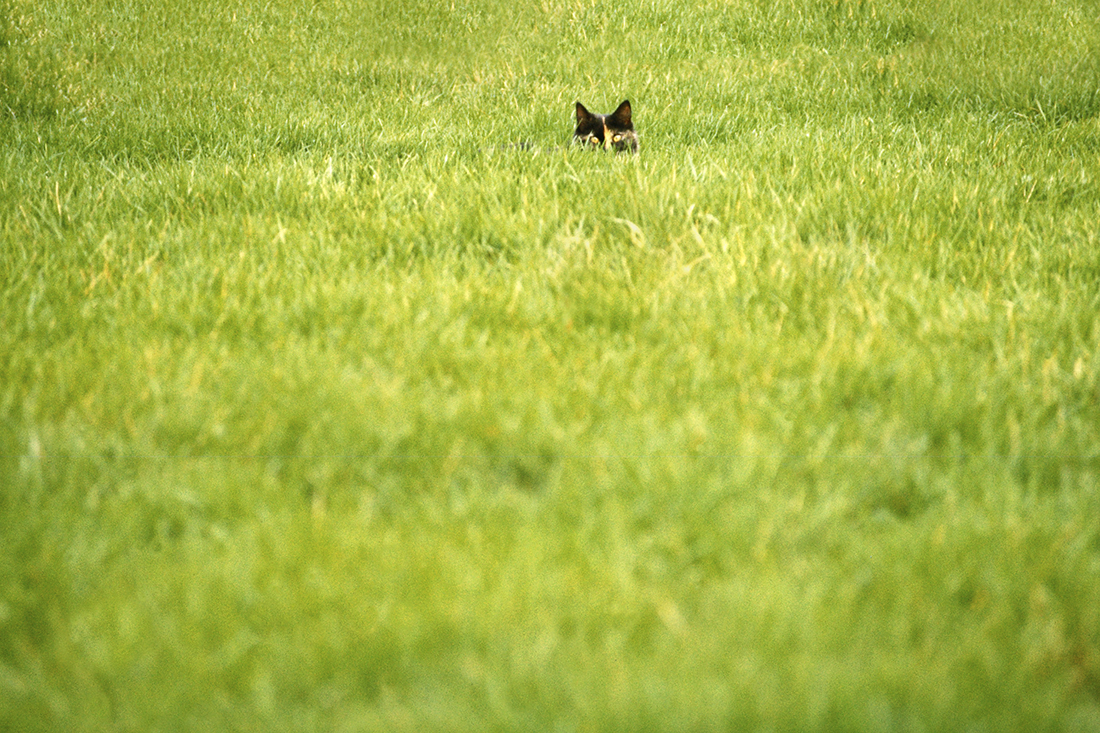
- Look for prominent lines or shapes that are isolated and lead the eye through the photograph.
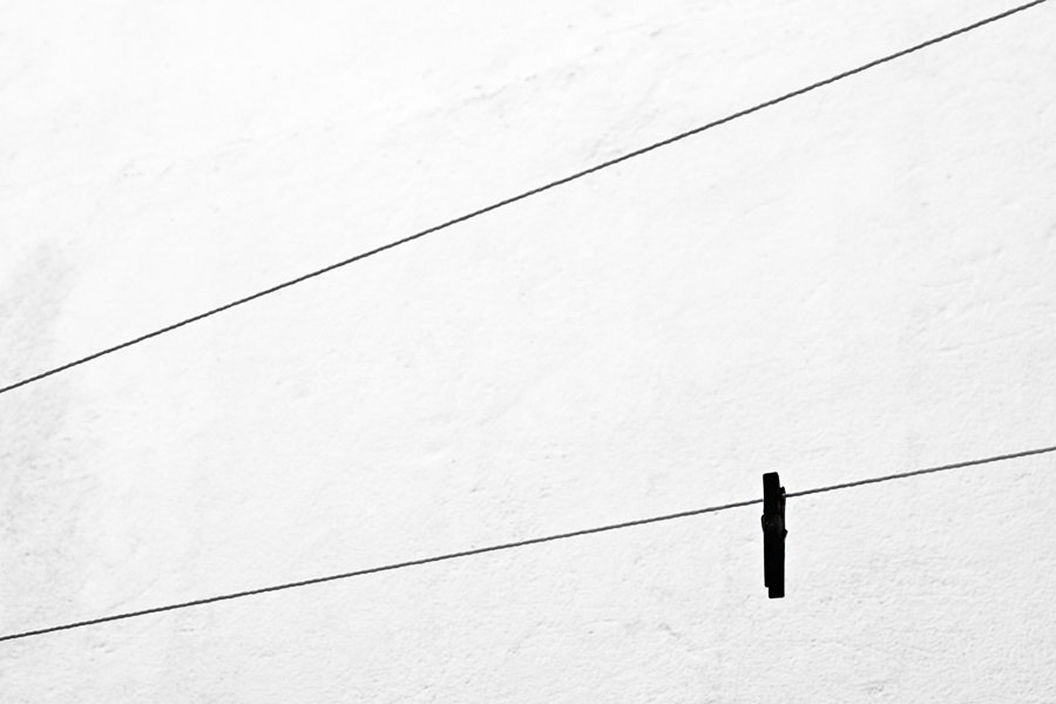
Use Photoshop, or some other graphics program, to eliminate details and turn your photograph into an abstract minimalist view of a familiar subject.
- Get down close to small objects, frame them with obscure angles, and include a copious dose of empty space. Create an interesting composition and force your viewers to study the picture.
- Find slivers of light, or large opaque shadows that highlight your chosen subject and eliminate surrounding details.
So there are a few ideas to get you started. Train your mind to eliminate the elements of your composition down to a few basic components. Less is more. Large expanses of empty space is good. Focused light and abundant shadows are awesome. Pinpoint focus is superb. Lots of color, or a lack of color, it is up to you. A blank canvas with a red dot… Well, I guess that one is up for debate.
Make your viewers study the photograph!
It is always a great idea to study the masters when picking up a new technique.
Here are a few of our favorite Minimalist photographers. Their work is well worth your viewing time!
- Hiroshi Sugimoto
- Paul Strand
- Ralph Gibson
- Andreas Gursky
- Michael Kenna
Pick up those cameras, Minimalists and go out and find yourself a blank wall, a piece of sheet metal, a field of roses, a baby's head, or whatever catches your eye without a whole lot of stuff going on around it!
Kent DuFault is a writer and a photographer. He also writes under the pen name, Bellakentuky. You can find him here; Facebook, Twitter and on hisblog.
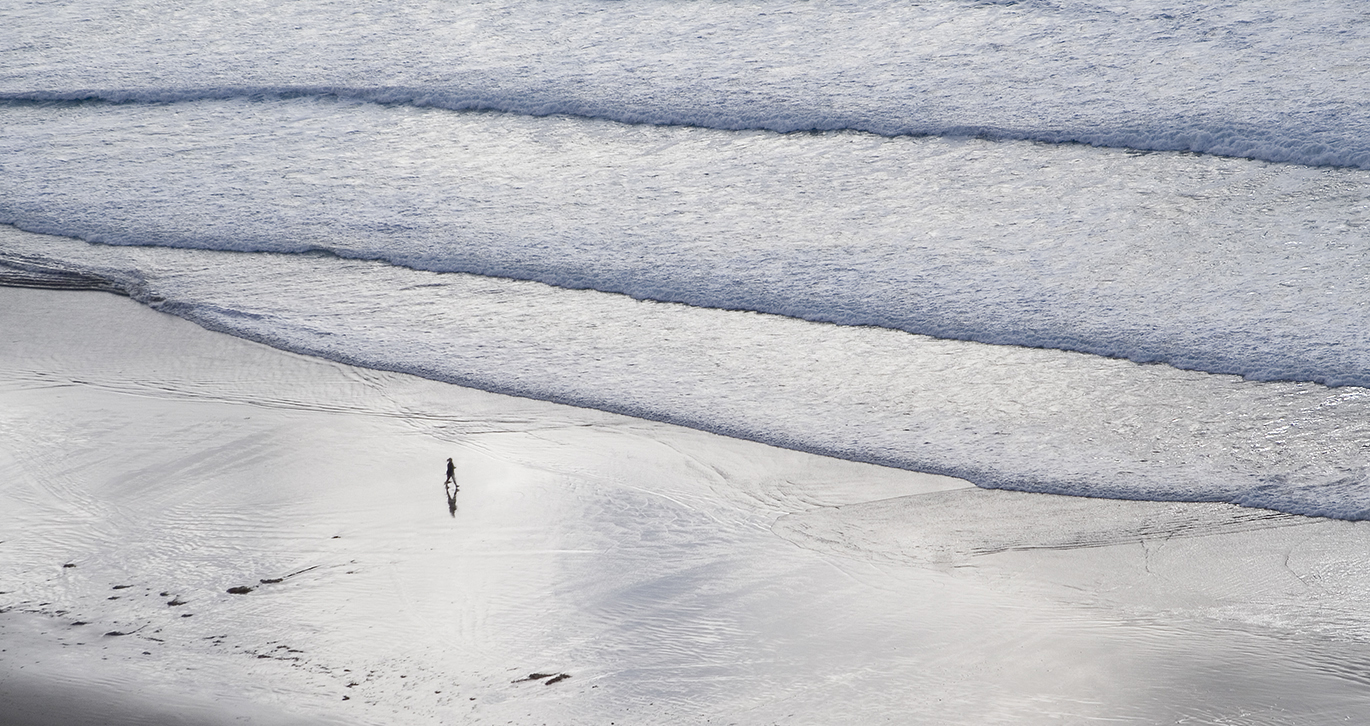
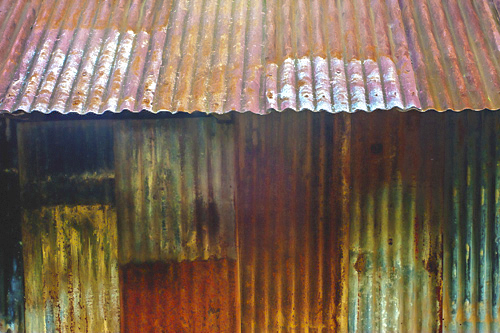
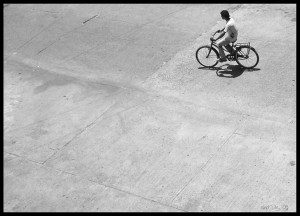
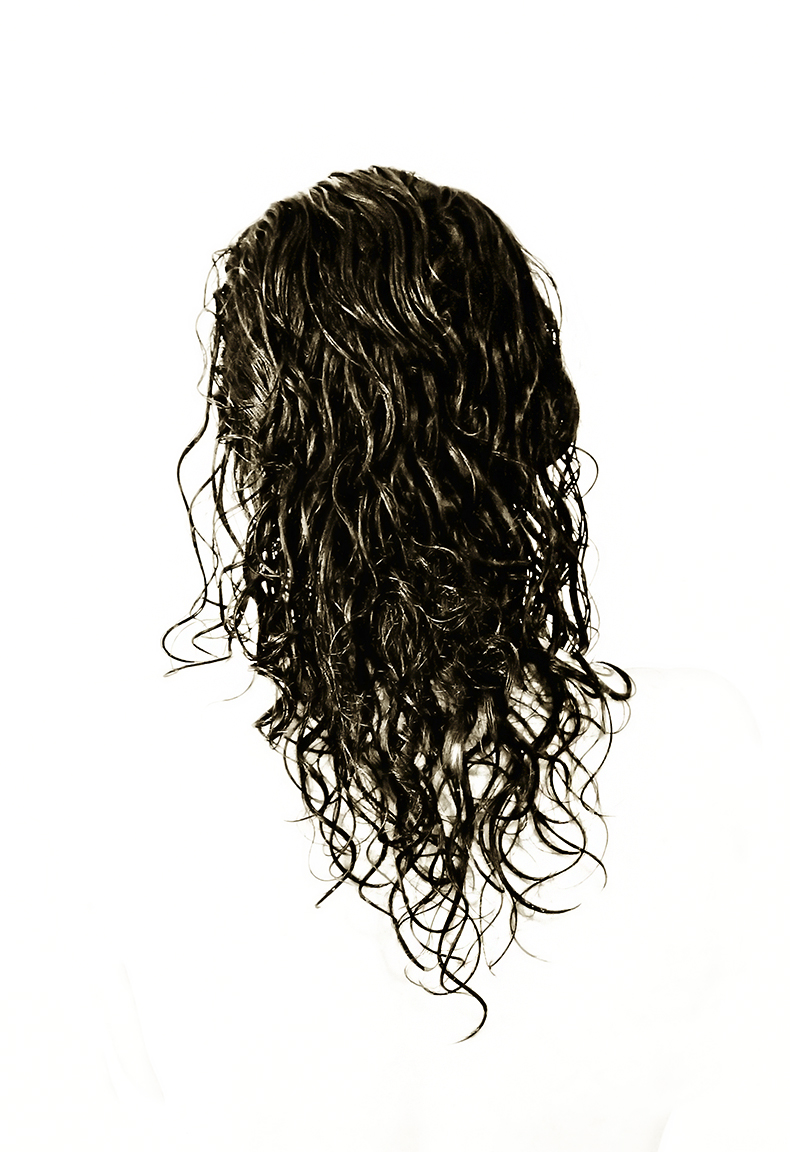
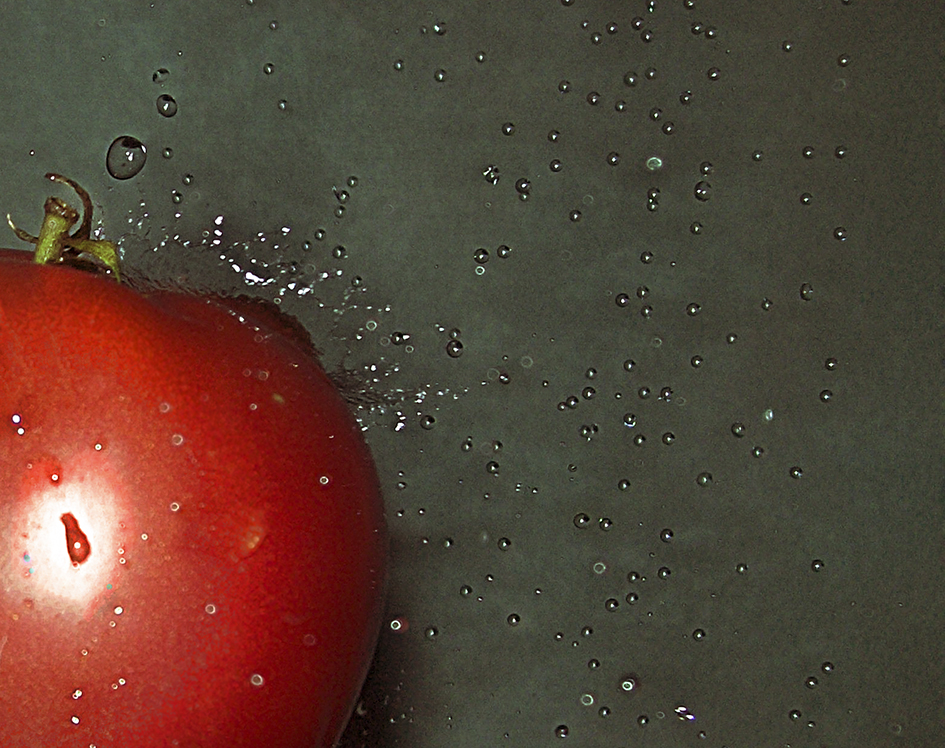
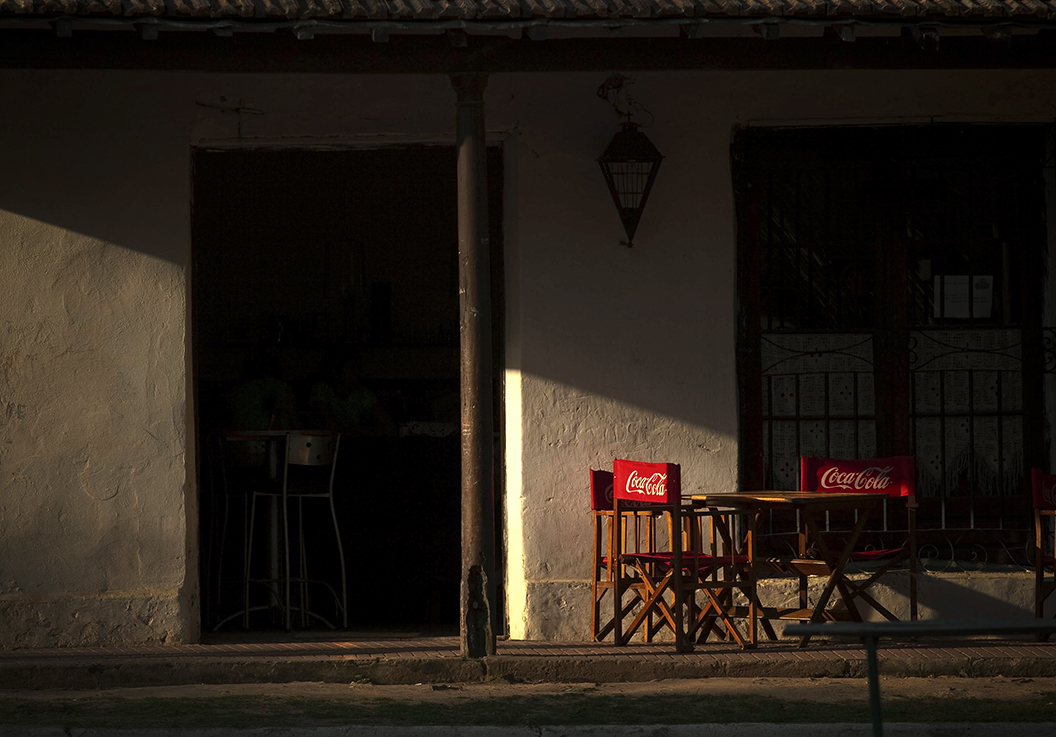





3 Comments
Ah!
Less is more.